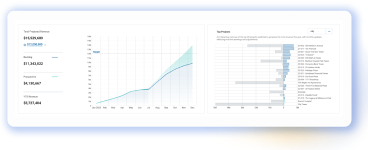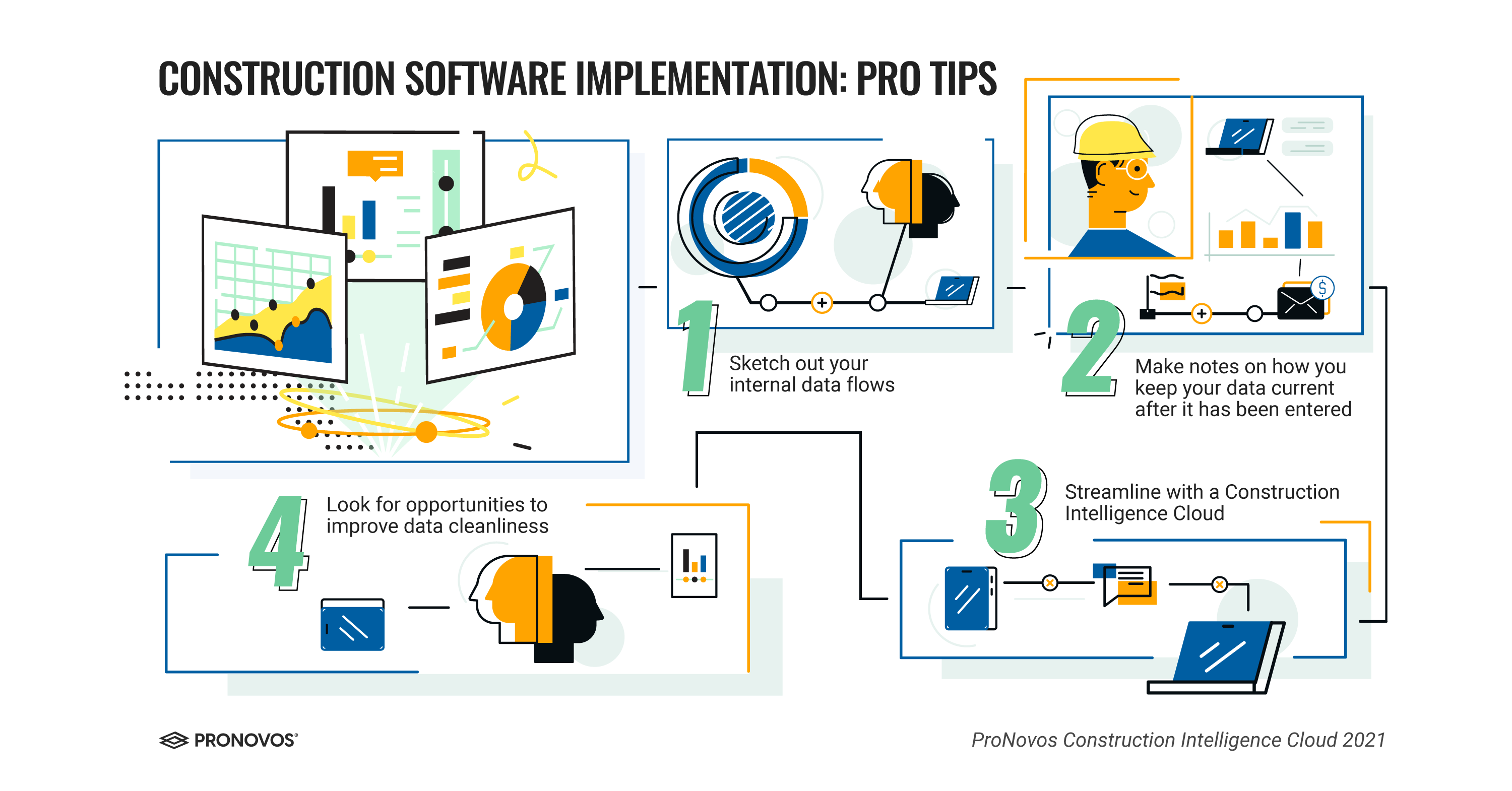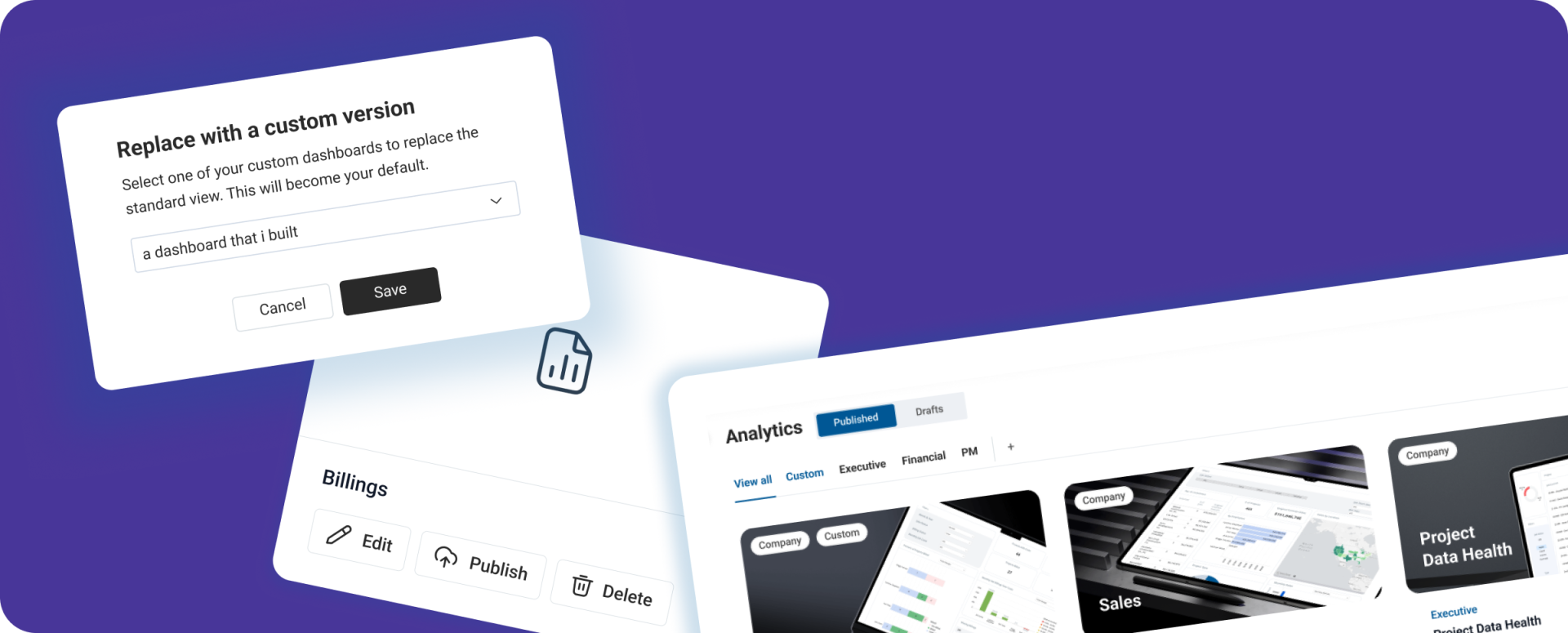Construction software implementation is nothing to fear. Rolling out a new construction intelligence cloud at your contracting firm may seem like a huge undertaking, but just a small amount of prep work can make for a smooth and easy process.
At ProNovos, we work with contractors on construction software implementation every day. Based on our experience, here are a few pro tips for those who are gearing up to on-board a new platform for project/operations management or analytics.
 Sketch Out Your Internal Data Flows
Sketch Out Your Internal Data Flows
Let’s say you’re tired of spending so much time manually creating and manipulating complex spreadsheets. You want your teams in the office and the field to have a cloud-connected dashboard that allows them to track and analyze various KPIs.
Even before asking a software firm about your data challenges and goals, sit down with the different departments at your company to sketch out the basics of your existing data flows.
It doesn’t take a huge effort. Just answer questions such as who’s entering your construction data, where (i.e., in which systems) and at which points in the process (“right before our mid-month review meeting,” etc.). If you notice any bottlenecks, inefficiencies or pain points when you’re conducting this high-level overview, make a note of them.
Maybe you’re gauging performance by manually entering data from Foundation or Sage into Microsoft Excel. Or you’re trying to evaluate your estimators’ performance by combining three or four spreadsheets into a single, complex report.
Don’t fret about what it would take to automate these processes—our implementation experts will work with you on that—but do keep an eye out for any particular “data quirks” at your company. These are things that could complicate a construction software implementation process. (Contractors do things differently and have different needs. See this article in Construction Business Owner by Bruce Orr, ProNovos founder and Chief Data Scientist, for some additional thoughts on this.)
Giving the implementation team a “heads up” about such potential wrinkles sooner rather than later can make for an easier and faster process.
 Construction Software Implementation and Data History
Construction Software Implementation and Data History
Your implementation team will also need to know how your company updates project and company information within its existing systems. Make some notes on how you keep your data current after it has been entered.
In addition, you’ll want to pay close attention to data flows and issues related to the all-important accounting process.
If Accounting wants to report on a particular financial dataset, it helps your implementation team to know the history of that information—how and when it started, any process changes along the way, and your current business rules around it.
 Streamlining with a Construction Intelligence Cloud
Streamlining with a Construction Intelligence Cloud
Contractors reap major benefits when construction software platforms allow them to eliminate redundant processes.
Let’s say the company’s accounting and project management systems can’t talk to each other. As a result, the contractor’s teams must enter the information twice—once for each system. On top of that, the data entries must be double-checked to make sure the numbers entered into both systems actually line up.
It’s a clear opportunity to streamline using a construction intelligence cloud like ProNovos, which integrates with most commonly used applications in construction.
As you sketch out your data flows, stay alert for such opportunities and jot them down for discussion with your implementation team.
 Data Visibility/Cleanliness in Construction Software Implementation
Data Visibility/Cleanliness in Construction Software Implementation
At many construction companies, several stakeholders will all use the same system, such as Sage, Viewpoint or Foundation, and then someone else at the company will dump that information into a spreadsheet to send to a project manager, GC or superintendent.
When you take baseline information into a separate system for your notes and analysis, you’re essentially making it invisible—a step that can complicate later attempts to conduct analyses based on project or company performance histories.
In reviewing your data, look for opportunities to close such loops. Your construction software implementation team can help you make that data visible and usable, now and in the future.
Lastly, look for opportunities to improve data cleanliness as you run through your review. Has your contracting firm had any problems with mismatched or inaccurate data entries? Implementation experts can point to potential solutions, such as using pulldown menus for customer names or other data points, as opposed to error-prone manual entry by multiple team members.
In the end, the most important step in construction software implementation is simply knowing where you are with your data. You don’t have to nail down every moving part. However, by thinking about these issues up front, you’ll be ready to hit the ground running when it’s time to roll out a construction intelligence cloud.




